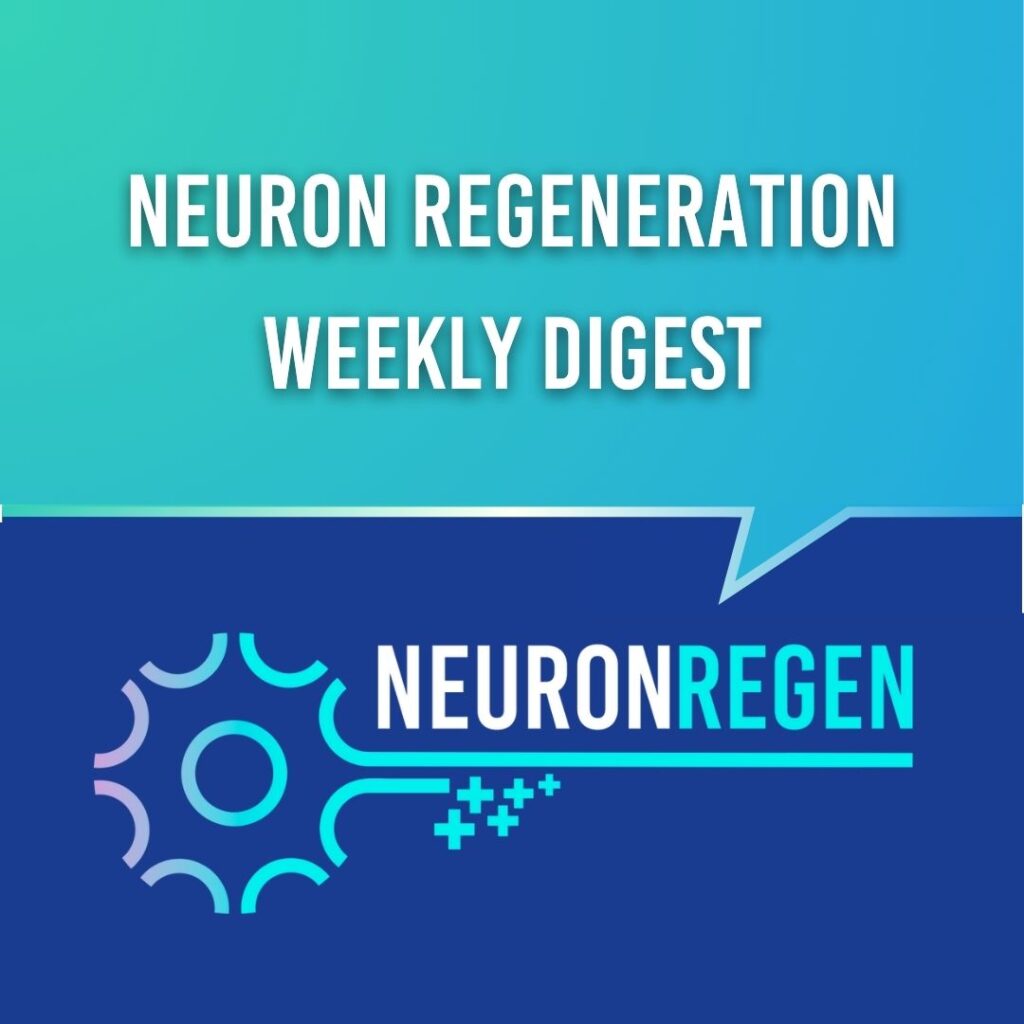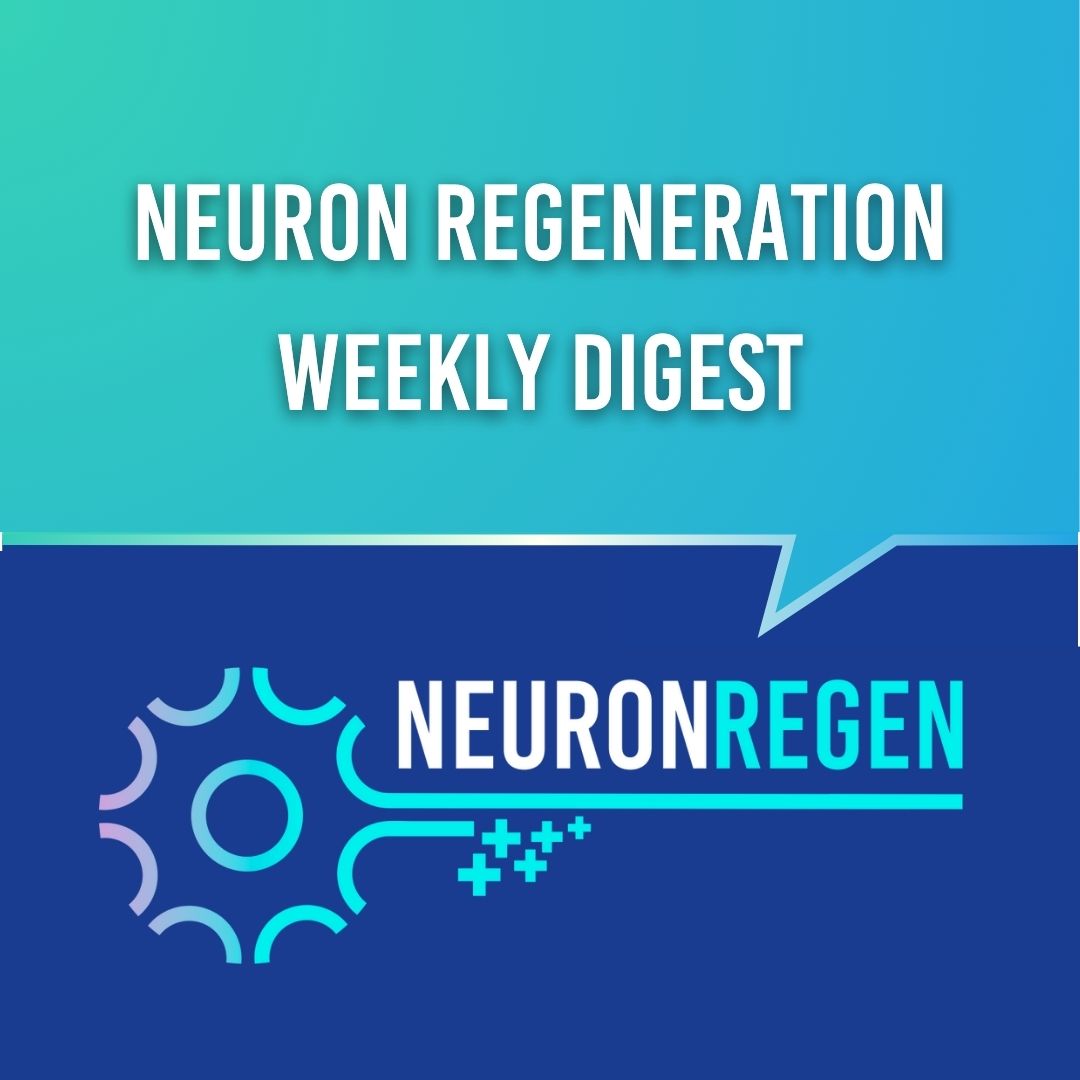The nervous system’s ability to heal after injury is limited, but ongoing research is revealing new ways to enhance spinal cord repair and restore function. Scientists are exploring innovative approaches that harness natural regenerative mechanisms, targeted gene and protein therapies, and advanced neural stimulation techniques to promote recovery. These discoveries offer new possibilities for improving outcomes in spinal cord injury treatment.
The studies highlighted below examine three promising strategies in spinal cord regeneration. Researchers have identified extracellular vesicles from deer antler progenitor cells that enhance neural stem cell growth and reduce inflammation, developed a light-activated scaffold that delivers targeted gene and protein therapy, and explored a chemogenetic approach to stimulating neural pathways for improved motor recovery. These findings contribute to the growing field of neuroregenerative medicine, paving the way for more effective therapeutic options.

1. Healing Spinal Cord Injuries with Signals from Deer Antlers
Scientists have harnessed extracellular vesicles from antler blastema progenitor cells (EVsABPC)—cells responsible for deer antler regeneration—to promote spinal cord injury (SCI) repair. These vesicles enhance neural stem cell growth, stimulate axon regeneration, and reduce inflammation by shifting macrophages from an inflammatory state to a healing state. Compared to traditional stem cell therapies, EVsABPC show greater nerve regeneration and improved motor function, making them a promising future treatment for SCI.
2. Revolutionizing Spinal Cord Injury Repair with Targeted Gene and Protein Therapy
Researchers have developed an injectable, light-activated scaffold that delivers MIF-targeted siRNA and GDNF protein directly to spinal cord injury sites. This innovative combination reduces inflammation, promotes neuron regeneration, and improves motor function, offering a promising approach to SCI treatment with minimal doses.
3. Boosting Spinal Cord Healing with Targeted Neural Stimulation
Researchers found that injecting a chemogenetic virus and administering clozapine can significantly enhance motor recovery and neuron regeneration after spinal cord injury. By activating specific neural pathways during the acute phase of injury, this treatment reduces inflammation, promotes neuroplasticity, and accelerates functional recovery, offering a promising avenue for spinal cord repair.
If you’d like to stay informed of the latest publications and breakthroughs in neuron regeneration, join our email newsletter to the right (or below on mobile). We send out weekly updates with the latest papers and studies, as well as podcast episodes with the people driving Neuroregenerative breakthroughs.

